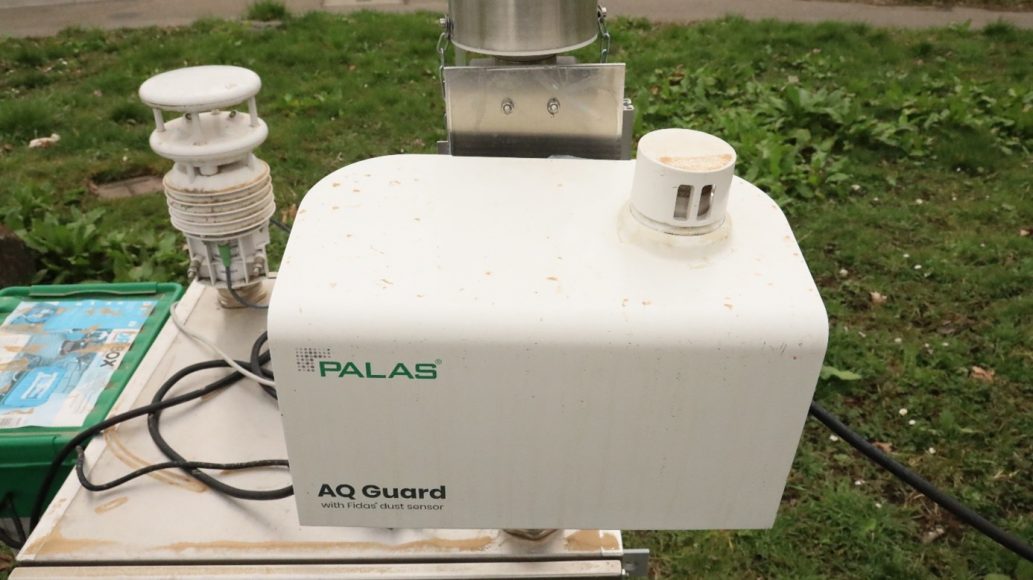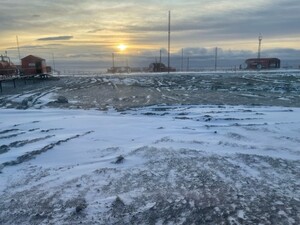Everyone could see and feel it: From March 14. – 16. considerable amounts of Sahara dust were carried from the Sahara desert to Europe, especially Spain as well as France, Switzerland and Germany.
The skies turned red and the dust was found everywhere (cars, tables, snow, etc.). While in Spain also the fine dust values PM2.5 and PM10 increased very strongly, the increase was more moderate in Germany. As a result of the rain, a large part of the Sahara dust was washed out as precipitation, so-called blood rain, therefore especially the coarse fractions did not remain very long in the aerosol state.
Sahara dust contains very coarse-grained parts, as the following electron microscope image shows (Fig 1).
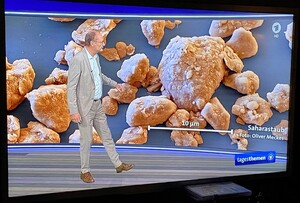
Fig. 1: Electron microscope image of Sahara dust, shown in German Tagesthemen on 15.3.2022
The reddish coloration comes from the high iron oxide content. As can be seen in the picture, the size of the particles is in the range 1-10 µm.
This is also reflected in the measured size distributions on the AQ Guard monitors. Below is an example of three size distributions measured at the Karlsruhe (Fig 2 and Fig. 3).
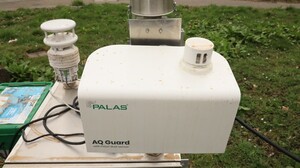
Fig 2: AQ Guard at the Headquarters Palas Karlsruhe (Germany) with clear deposits
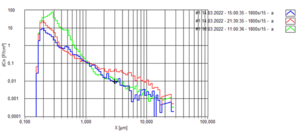
Fig. 3: Size distributions measured at the Karlsruhe site
The blue curve shows a distribution shortly before the event. The green and red curves show size distributions at the time of the Sahara dust episode. They differ depending on the weather conditions. For example, in the case of simultaneous precipitation (green curve) the distribution is increased overall, but only in the range < 1µm. Coarser particles are washed out more by the rain and are therefore hardly elevated.
The red curve shows a distribution typical for Saharan dust with increased fraction in the range 1-10 µm.
On the long journey from the Sahara through southern Europe to northern Europe, the Sahara dust and aerosol size distribution changes as a result of local weather conditions.
The size distributions across Europe can therefore differ locally, but are very well resolved by the size-resolved measurement with the aerosol spectrometers of the Fidas® 200 and AQ Guard fine dust systems.

